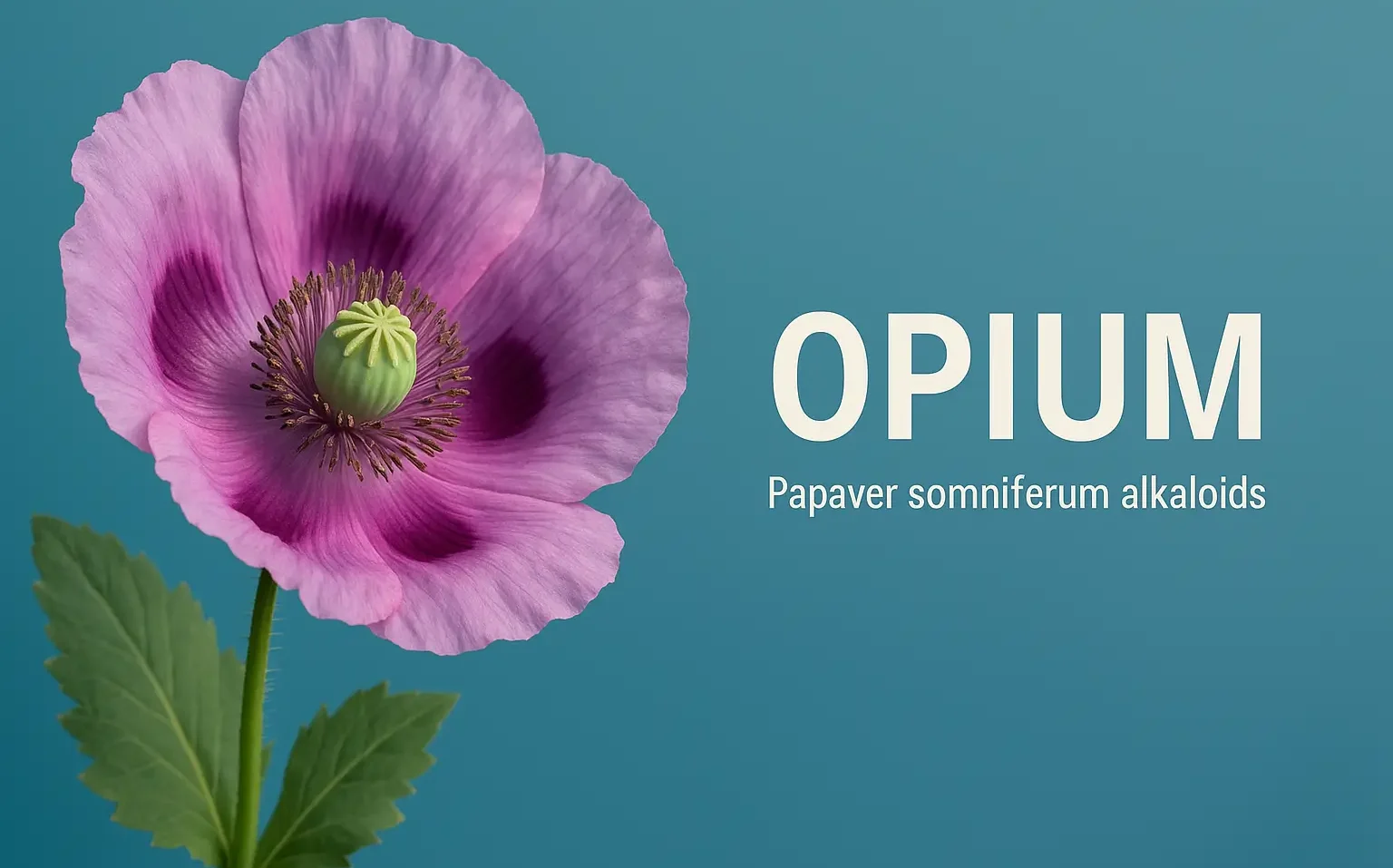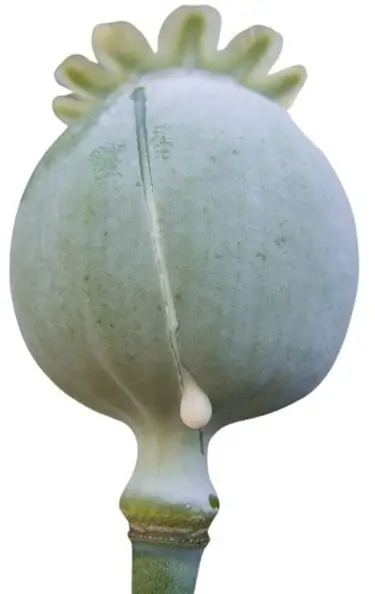General Introduction of Opium:
- Opium alkaloids are among the most ancient and widely used natural products, valued for their analgesic, antitussive, and sedative properties.
- They are primarily derived from the latex of the opium poppy.
Synonyms of Opium:
- Common Name: Poppy alkaloids
- Scientific Name: Papaver somniferum alkaloids
- Other Names: Morphine, Codeine, Papaverine alkaloids
Biological Source:
- Plant: Extracted from the latex of the unripe capsules of Papaver somniferum (opium poppy).
- Family: Papaveraceae
Composition:
-
Alkaloid Categories:
- Phenanthrene Alkaloids: Morphine, Codeine, Thebaine.
- Benzylisoquinoline Alkaloids: Papaverine, Noscapine.
- Over 40 different alkaloids have been identified in opium.
Advertisements
Chemistry & Chemical Classes:
-
Chemical Class:
- Isoquinoline alkaloids
-
Structure:
- Morphine and Codeine are phenanthrene alkaloids (with morphine having hydroxyl groups and codeine featuring methylation, which affects lipophilicity).
- Papaverine is a benzylisoquinoline derivative known for its vasodilatory activity.
-
Solubility:
- Morphine is water-soluble, whereas codeine is more lipophilic due to the presence of a methyl group.
Therapeutic Uses:
- Morphine: Considered the gold standard for managing severe pain.
- Codeine: Used as a mild analgesic and antitussive agent.
- Papaverine: Employed as a smooth muscle relaxant for treating vasospasms and gastrointestinal spasms.


